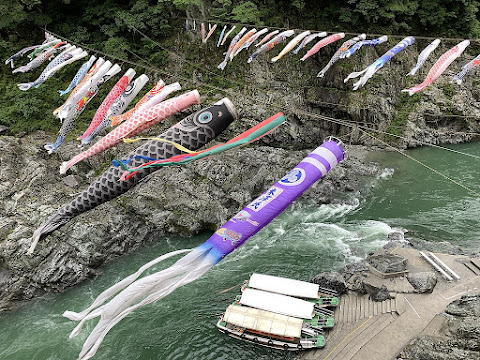Japanese Children’s Day and its symbol

Nếu như ngày Quốc tế thiếu nhi ở Việt Nam là ngày mồng 1 tháng Sáu thì ở Nhật Bản là ngày mùng 5 tháng Năm đó các bạn! Ngày Tết thiếu nhi trong tiếng Nhật được gọi là Kodomo no Hi (子供の日 ) trong đó Kodomo (子供) có nghĩa là trẻ em , Hi (日 )có nghĩa là ngày. Ngày này trước kia vốn được tổ chức vào ngày mùng 5 tháng Năm âm lịch, tên gọi ban đầu là Tango no sekku (端午の節句) cũng có nghĩa là Tết Đoan ngọ. Sau này, khi người Nhật chuyển sang dùng Dương lịch, ngày này được chuyển sang tổ chức vào ngày 5 tháng Năm theo lịch dương. Vào năm 1948, ngày này được đổi tên thành Ngày thiếu nhi chính thức trở thành ngày lễ cho trẻ em toàn nước Nhật. Biểu tượng Cá chép - Koinobori Vào ngày này thì đâu đâu ở Nhật cũng đều dễ dàng bắt gặp hình ảnh cờ cá Koi (こいのぼり/ Koi-no-bo-ri) đầy màu sắc. Trong tiếng Nhật, Koi có nghĩa là cá chép, còn Nobori có nghĩa là lá cờ. Tại sao cá chép lại được chọn làm biểu tượng cho ngày trẻ em? Nguồn gốc nhữ...